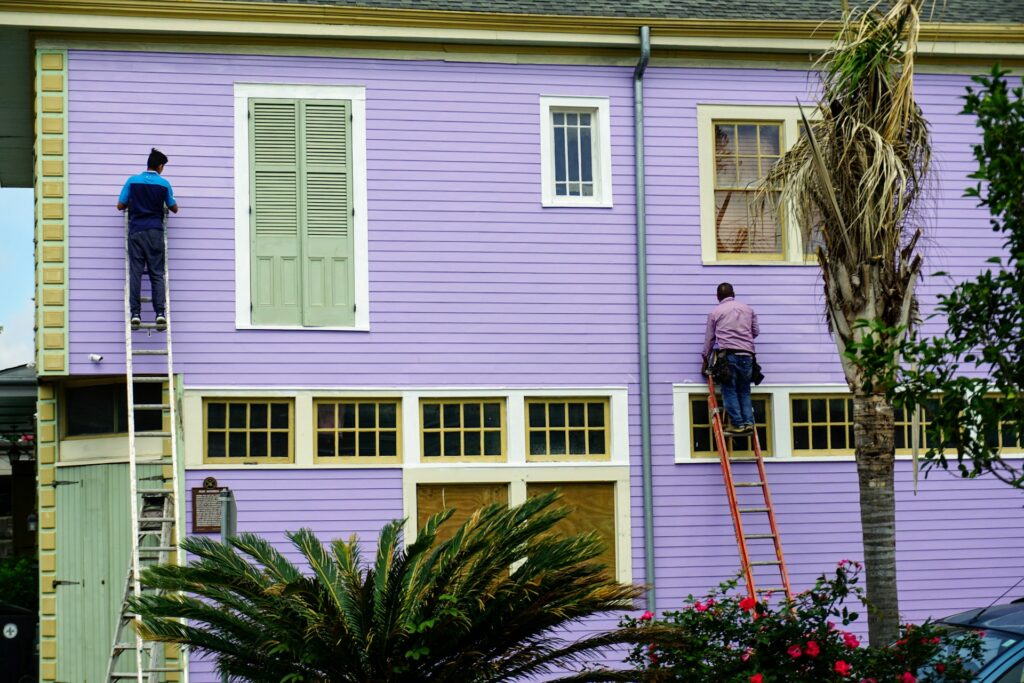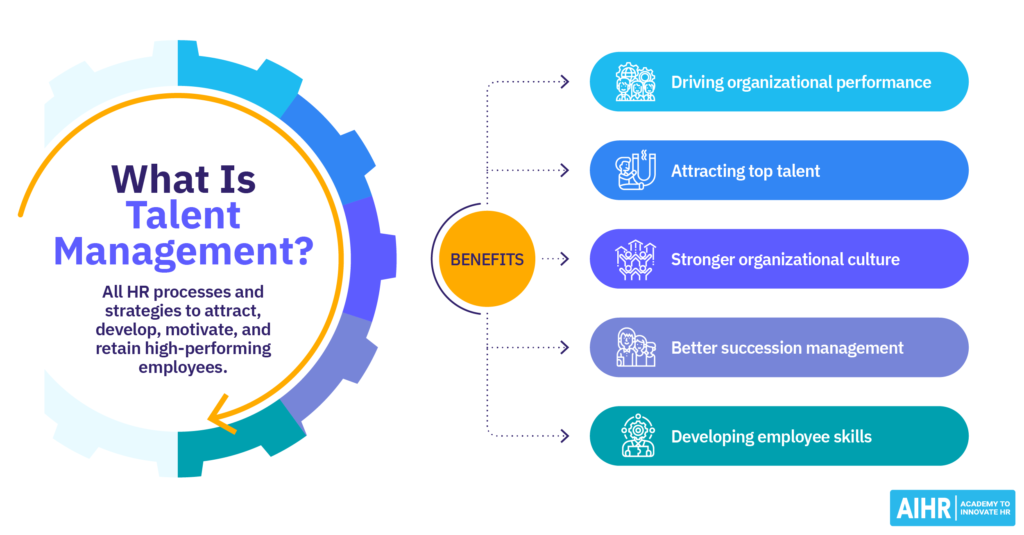The world is looking towards sustainability in every industry. Construction, being a major industry, is adopting the same thing. People now want to build their structures with not only sustainable materials but also ones that are eco-friendly. The agenda is to reduce carbon emissions, which pose a real threat to the planet, by using building materials that are sustainable.
What is sustainable construction?
Sustainable construction is one that requires the use of eco-friendly and sustainable materials in its construction and also supports the green revolution and the need to reduce carbon emissions in our world.
The construction industry requires large volumes of materials, and incorporating sustainable and eco-friendly materials can go a long way toward achieving sustainability. These materials are not only ecologically safe but also durable and, most of the time, can be recycled.
20 Building Materials That Are Sustainable
1. Plastics (recycled)
Millions of plastic wastes end up in landfills every year in the United States. Sometimes it ends up polluting the environment and water bodies. Thanks to advancements in technology, anything plastic can now be recycled and even used to create construction materials. Recycled plastics can be used to produce lumber, bricks, and plastic roofing sheets.
2. Bamboo

If it’s building materials that are sustainable, bamboo can never be exempt. From supporting, scaffolding, roofing, and building sheds, the role of bamboo in building construction is just as important. Bamboo is very strong despite its flexibility, and it lasts before it starts getting weak.
3. Stones and Sand
Stones and sand are found naturally on the earth. Using stones for construction is not only best because of their strength. But that it does not require any reproduction activity that may release carbon into the atmosphere. Stones are used for foundations, decking, supports, and building walls in buildings. As for sand, it’s the number one construction material; there are no factory processes, just direct from nature.
4. Steel
Steels are building materials that are sustainable. In fact, it is the best thing to recycle. It does not lose its quality even after being recycled numerous times. Steel is used for support in building construction. The strength and sustainability of a building depend highly on it.
5. Vehicle Tire
Until recently, vehicle tires that are no longer in use ended up in landfills. Today, the story is different, tires can be recycled. It is used with sand bags in some earthly homes as insulation. They are also used to build upholsteries and as furniture supports. Tires are flexible and long-lasting material, and as such, research is already underway to use it for bricks for building construction.
6. Straw bales
Straw bales are a building material whose roots date back centuries. Despite that, it is still in use today and readily available. The good thing is that renewal is possible. It mostly serves as insulation material in a building and can last a very long time.
7. Glass

You may want to argue that glass is not part of building materials that are recyclable. But here is the drill: Recent research has proven that glass can be recycled, though it is very difficult. This development will at least reduce the size of broken glass pieces that are discarded to pollute the environment and cause hazards to vehicle tyres and humans. Glass can also be used as a supplement for cement production.
8. 3D-printed concrete
We all know that concrete is essential in building projects, even though there are new alternatives now. However, the best way to make concrete buildings more sustainable and stronger is by using 3D printing. The engineers can design the 3D objects into shapes and sizes and then print them with concrete.
9. Solar panel

Renewable energy is currently being preached almost everywhere in the world. The sun is the main source of it. And to get the energy into your home, you need to construct solar panels on the rooftops. First, it will save you from electric bills, and then it is eco-friendly and renewable. Generating electricity with solar panels is one of the best ways to reduce carbon emissions and embrace sustainability.
10. Sheep wool
Sheep wool is used in the production of textiles. But it goes beyond just textile production. In the construction industry, sheep wools can be used for insulation in buildings. Man-made wool can be toxic and mold-attracting, but sheep’s wool is different and natural.
11. Mycelium
Mycelium is a root-like part of a fungus plant that grows underneath the earth. Dried mycelium can be used in building construction when mixed with sawdust for molding bricks. Though it is not widely used yet in building construction, it is a new development in the industry. Mycelium are building materials that are sustainable and earth-friendly.
12. Precast concretes
Even though concrete production contributes to carbon emissions, it’s still a very important building material. Using precast concrete for building construction is safer than doing it on site. Precast concrete can be produced into finite shapes and sizes at faraway factories, bought, and shipped to sites. Though the difference between the onsite concrete and precast may not be noticeable. Precast is often used in constructing large projects like bridges, tall buildings, and interchanges.
13. Adobe bricks
Adobe bricks have existed for several hundred years and are still very much in use in the Middle East. It is composed of straw and clay and takes very little energy to produce. Used in the construction of large buildings and homes, adobe bricks are a good example of building materials that are sustainable. This is so because it encourages recycling and lasts for many years.
14. Corks
Corks are very popular in building construction in Europe and are currently becoming popular in the US. Corks are extracted from a tree known as the cork tree. It can be gotten from the tree bark without having to harm the tree itself. It is not only a renewable building material but also highly recyclable.
15. Woods
Wood is a very nice and sustainable building material. This is due to the beauty it adds to the structure. Unfortunately, most go to waste after the structure is removed. The good news is that it can be removed from an old structure while still being preserved in good shape. The reclaimed wood can be used to make furniture, wardrobes, and cabinets in the home.
16. Mass timber
Prefabricated timber, or mass timber, is of high strength and quality and is resistant to water. It is capable of replacing concrete and iron in a structure, as they both cause excessive releases of CO2 during production. Mass timber production contributes little to it. So it can be regarded as a sustainable construction material. It is also used for wooden floors and roofing.
17. Cob
Cob is composed of mud, straw, and lime. It is sometimes used in place of concrete to build residential buildings. They are not only good for building construction because they produce less CO2, but they are also very cheap. The only disadvantage is that it is vulnerable to mold when there is high humidity.
18. Cord wood
Cord wood is a material used for building walls, using very short wood logs, and a cob is used to make it secure. It is used primarily for insulation in buildings.
19. Clay brick

Clay bricks are made with clay and water. It is not only natural but also contributes very little CO2 to the atmosphere during its production. Clay bricks are sustainable and can be recycled. It can be used to build residential homes, offices, shops, and schools. Another benefit is that it helps to keep the inside cool during the summer and can trap enough heat during the winter.
20. Rigid foams(plant-based)
Plant-based rigid foams are made from bamboo, kelp, and hemp. These great building materials are mostly used for insulation in buildings. Polyurethane rigid forms are also used for the construction of furniture and boards in homes. It is very eco-friendly, too.
Sustainable construction practice
Sustainable construction practice is not just about the building materials used. Sustainable construction and the use of eco-friendly materials are practices to help reduce CO2 emissions on the planet and enhance healthy living and ecological conditions. Some of these practices are aimed at the following:
- Energy conservation
- Reducing the imprint of CO2 on our planet
- The use of building materials that are sustainable
- Waste management and reducing pollution
- Renewal and recycling instead of building new materials
- Educate workers on the need for sustainable practice while on site
- Minimizing waste.
Benefits Of Using Building Materials That Are Sustainable
The benefits of eco-friendly materials cannot be overemphasized. This is because there are a lot of benefits that come with it for our personal and societal well-being. Some of these include:
- Reducing wastes
The amount of waste in the United States can be minimized if we embrace and use sustainable materials for our building construction. Wastes cause pollution and can cause the release of toxic substances into the air we breathe. This can be very dangerous to our well-being. Rather than putting materials to waste, we can encourage and contribute to recycling so that production processes, which often release CO2, can be cut.
- Provide employment
The campaign to warn of the effects of climate change on our planet has been a major issue. Many projects are being built to reduce its effect. As such, the need for construction workers is on the rise today.
- Improve wellbeing
Green practice and construction are here to save our world from climate change, but it does not end there. The psychological benefits that come with green infrastructure allow us to think well, live well, breathe well, and reduce certain diseases caused by dust and CO2.
Challenges associated with sustainable construction
Sustainable construction is actually of high benefit, but it is saddled with plenty of setbacks and issues. First, most people don’t even have information about sustainability in our world today. Some see it as some sort of bullsh!t, while others don’t even care. There is a need for the government, groups, and individuals to raise awareness and educate people about the need for a green world.
Another issue with sustainability facing setbacks and slow acceptance is that a lot of people see it as a very expensive practice. Even in construction, sustainable materials are not often available. People who have no choice end up not using eco-friendly materials for their projects. Sustainable construction is very expensive nowadays. For people to fully key into it, there is a need to make materials readily available.
Also, Government policies seem not to be strong enough to support green construction. Over the years, the US government has continued to talk about climate change. But the issue is that there are no or very few policies created to support green construction. A provision should be made for people to embrace eco-safe infrastructure.
In any case, some industries in the United States are already incorporating eco-friendliness into their construction and production practices. Lots of green structures are gradually going up, and the number is increasing.
Final Thoughts On Building Materials That Are Sustainable
Climate change is changing everything in our world. If we are going to drastically reduce its effects, we need to take responsibility. How do we take responsibility? By ensuring we embrace sustainability and eco-friendliness. We need to build green structures and incorporate greenness into all our practices. The building of industries and commercial buildings is already leaving a lot of CO2 in our atmosphere. Sustainability is the only way out since we can drastically cut down production activities. Using renewable sources of energy and recyclable products is how to make strides. Construction is a very big industry, and starting there can influence other industries positively.




